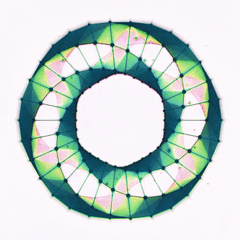-
Topics
-
KapteijnK ·
Posted in New Builds and Planning5 -
Illamoor ·
Posted in Troubleshooting2 -
PDifolco ·
Posted in CPUs, Motherboards, and Memory9 -
0
-
0
-
2
-
NickHere ·
Posted in General Discussion1 -
1
-
skayqz ·
Posted in Troubleshooting6 -
AlexStarr ·
Posted in Graphics Cards5
-
-
play_circle_filled

Latest From Linus Tech Tips:
Every Monitor Fails This Test… Except One - Sun Vision rE rLCD Display
-
play_circle_filled

Latest From ShortCircuit:
The World's Fastest CPU (Technically...) - Intel i9-14900KS


.png.255947720031a641abdac78e663b681c.png)














Create an account or sign in to comment
You need to be a member in order to leave a comment
Create an account
Sign up for a new account in our community. It's easy!
Register a new accountSign in
Already have an account? Sign in here.
Sign In Now